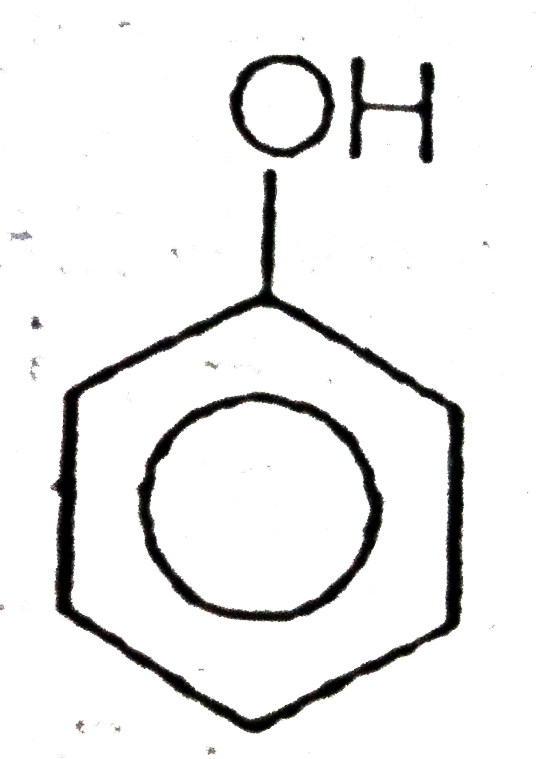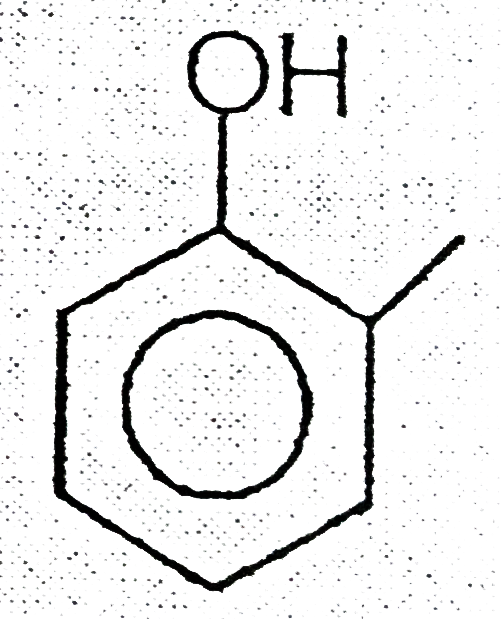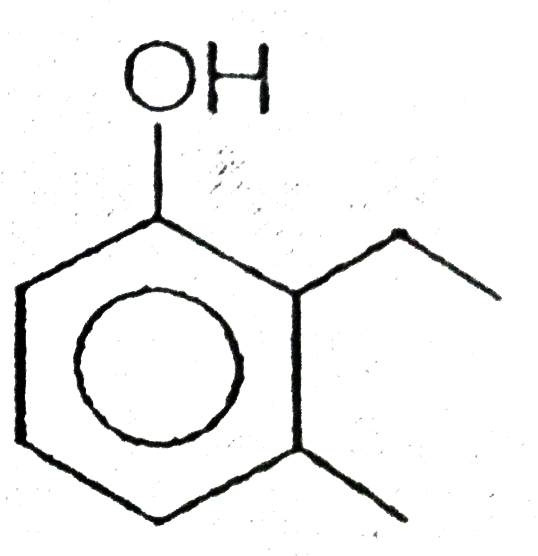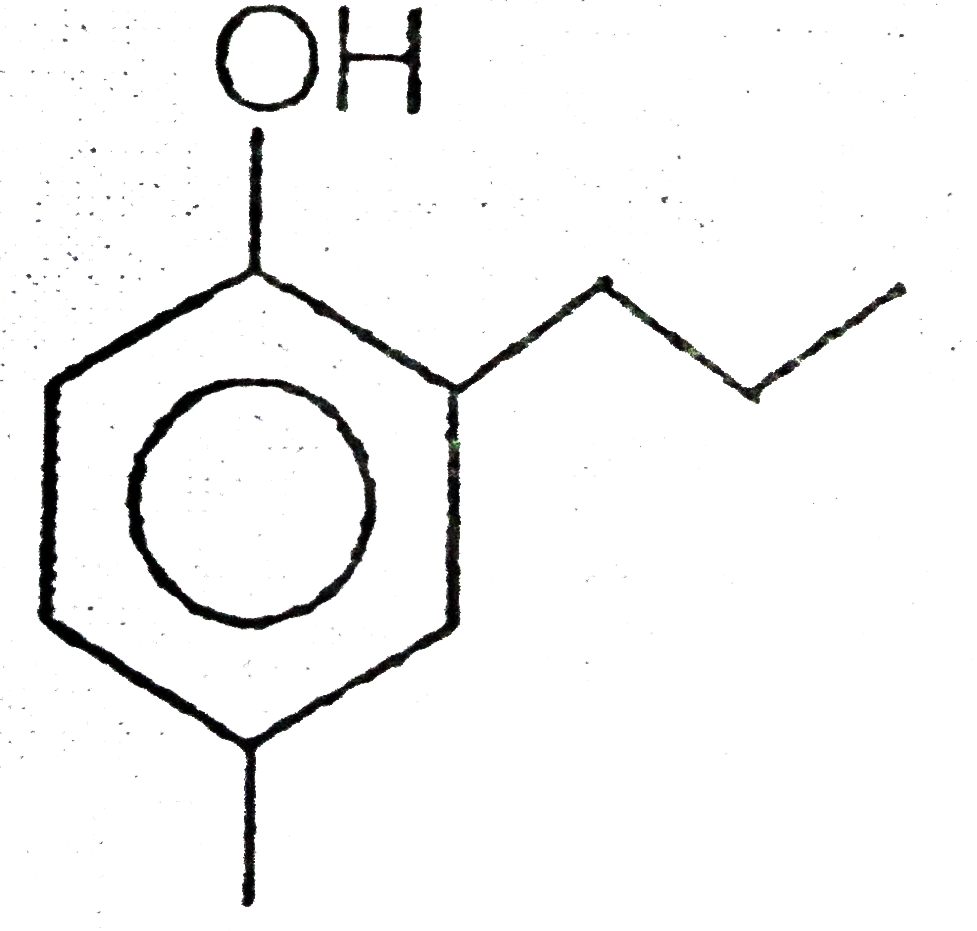Arrange the following polymers in increasing order of their intermolecular forces.
(i) (Nylon-6, 6, Buna-S, Polythene.
(ii) Nylon-6, Neoprene, Polyvinyl chloride.
To arrange the given polymers in increasing order of their intermolecular forces, we need to understand the nature of each polymer and the strength of intermolecular forces associated with them.
Step 1: Identify the Types of Polymers
- Nylon-6,6: This is a type of polyamide and is known for its strong intermolecular forces due to hydrogen bonding between the amide groups. It is classified as a fiber.
- Buna-S: This is a synthetic rubber (an elastomer) and has weaker intermolecular forces compared to fibers due to its rubbery nature.
- Polythene (Polyethylene): This is a plastic with relatively weak van der Waals forces between the polymer chains.
Step 2: Analyze the Second Set of Polymers
- Nylon-6: Similar to Nylon-6,6, it is also a polyamide and has strong intermolecular forces due to hydrogen bonding.
- Neoprene: This is another synthetic rubber (elastomer) and has weaker intermolecular forces compared to fibers.
- Polyvinyl Chloride (PVC): This is a plastic with moderate intermolecular forces, stronger than those in elastomers but weaker than those in fibers.
Step 3: Arrange the First Set of Polymers
- Based on the intermolecular forces:
1. Buna-S (weakest intermolecular forces)
2. Polythene (moderate intermolecular forces)
3. Nylon-6,6 (strongest intermolecular forces)
Step 4: Arrange the Second Set of Polymers
- Based on the intermolecular forces:
1. Neoprene (weakest intermolecular forces)
2. Polyvinyl Chloride (moderate intermolecular forces)
3. Nylon-6 (strongest intermolecular forces)
Final Arrangements:
1. For the first set: Buna-S < Polythene < Nylon-6,6
2. For the second set: Neoprene < Polyvinyl Chloride < Nylon-6
- Nylon-6,6: This is a type of polyamide and is known for its strong intermolecular forces due to hydrogen bonding between the amide groups. It is classified as a fiber.
- Buna-S: This is a synthetic rubber (an elastomer) and has weaker intermolecular forces compared to fibers due to its rubbery nature.
- Polythene (Polyethylene): This is a plastic with relatively weak van der Waals forces between the polymer chains.
Step 2: Analyze the Second Set of Polymers
- Nylon-6: Similar to Nylon-6,6, it is also a polyamide and has strong intermolecular forces due to hydrogen bonding.
- Neoprene: This is another synthetic rubber (elastomer) and has weaker intermolecular forces compared to fibers.
- Polyvinyl Chloride (PVC): This is a plastic with moderate intermolecular forces, stronger than those in elastomers but weaker than those in fibers.
- Based on the intermolecular forces:
1. Buna-S (weakest intermolecular forces)
2. Polythene (moderate intermolecular forces)
3. Nylon-6,6 (strongest intermolecular forces)
- Based on the intermolecular forces:
1. Neoprene (weakest intermolecular forces)
2. Polyvinyl Chloride (moderate intermolecular forces)
3. Nylon-6 (strongest intermolecular forces)
1. For the first set: Buna-S < Polythene < Nylon-6,6
2. For the second set: Neoprene < Polyvinyl Chloride < Nylon-6
Topper's Solved these Questions
- POLYMERS BOOK - ICSECHAPTER - POLYMERS EXERCISE - EXERCISE (PART-II (DESCRIPTIVE QUESTIONS )) ( SHORT ANSWER QUESTIONS )
1 Videos
- POLYMERS BOOK - ICSECHAPTER - POLYMERS EXERCISE - EXERCISE (PART-II (DESCRIPTIVE QUESTIONS )) ( SHORT ANSWER QUESTIONS
30 Videos
- POLYMERS BOOK - ICSECHAPTER - POLYMERS EXERCISE - EXERCISE (PART-I ( OBJECTIVE QUESTIONS )) (Match the following:)
1 Videos
- P-BLOCK ELEMENTSBOOK - ICSECHAPTER - P-BLOCK ELEMENTSEXERCISE - SOURCE BASED QUESTIONS
10 Videos
- PROLEMS BASED ON CHEMICAL STRUCTURES AND REACTIONS BOOK - ICSECHAPTER - PROLEMS BASED ON CHEMICAL STRUCTURES AND REACTIONS EXERCISE - QUESTIONS
185 Videos
Similar Questions
Knowledge Check
Arrange the following polymers in an increasing order of intermolecular forces , fibre, plastic , elastomer .
AElastomer < Fibre < PlasticBElastomer < Plastic < FibreCPlastic < Elastomer < FibreDFibre < Elastomer < Plastic
Arrange the following polymers in increasing order of their intermolecular forces :
(i) Buna-S,Nylon-6,Polyvinyl chloride
(ii) Polysterene,Dacron,Buna-N
View SolutionIntermolecular force present in nylon-6, 6 is
View SolutionArrange the following in increasing order of their
(i) Solubility and (ii) Boiling point




View Solution(i) What is the role of Sulphur in the vulcanization of rubber ?
(ii) Identify the monomers in the following polymer :

(ii) Arrange the following polymers in the increasing order of their intermolecular forces : Terylene, Polyethene, Neoprene.
View SolutionArrange the following in increasing order of reactivity :
HCHO,CH3CHO AND C6H5CHO
View SolutionArrange the following in increasing order of reactivity :
HCHO,CH3CHO AND C6H5CHO
View SolutionArrange the following in increasing order of reactivity :
HCHO,CH3CHO AND C6H5CHO
View Solution
